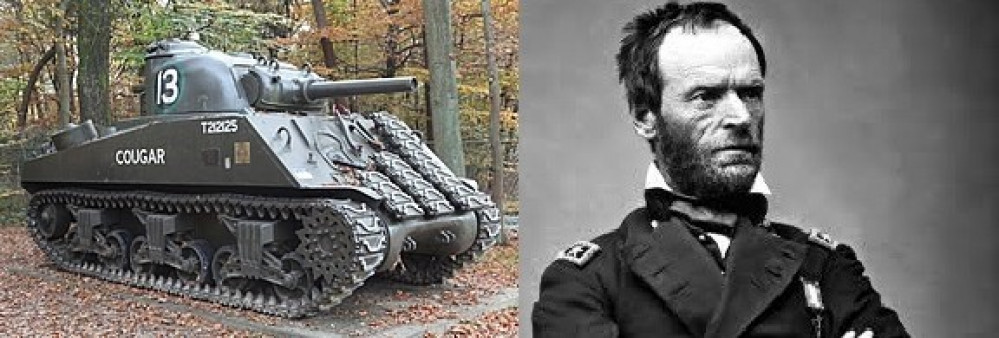
Who Was Your Daddy and What Did He Do
Stuart
It’s 1941 and Commonwealth forces are battling the German’s and their Italian Allies in North Africa. Until this point Britain had to rely on their own tanks but that was about to change with the arrival of the Light Tank M3 from the United States of America.
Nicknamed the “Honey” by the British because it “ran like honey” compared to the breakdown prone Crusader Series and the capacity to fire effective HE Shells amde the M3 a popular tank among the Commonwealth Tank Crews.
Before long however the Stuart was soon taken out of the main line and assigned to Reconnaissance and Observation units where it behaved with distinction befitting it’s namesake, General J.E.B. Stuart considered by some to be the greatest American Cavalry General of all time.
Both the M3 and M5 Light Tanks were known as the Stuart.
James Ewell Brown Stuart, known as J.E.B. Stuart due to his initials, was a famous Confederate Cavalry Officer during the American Civil War.
Joining the Army in 1855 Stuart got his first command with the Texas Mounted Rifles which gave him valuable knowledge of scouting and reconnaissance cavalry tactics. Stuart fought against the Native Americans demonstrating commendable bravery in the line of fire and developed a reputation as a “Dandy” wearing bright flowers in his lapel, enormous feathers in his hat and drenching himself is imported cologne.
He participated in the infamous “Bleeding Kansas” but this wouldn’t be his last involvement with the famous, or infamous, John Brown. When John Brown and his associates seized the Federal Armoury at Harper’s Ferry Stuart managed to get himself assigned as ADC to the then USA Army Colonel Robert E. Lee who lead United States Marines against Brown who was captured and executed following his failed Slave Uprising.
Like Sherman Stuart did not see service in Mexico although this was because he joined the Army a decade after the war rather than not being assigned to it.
Stuart was quickly promoted to the Rank of Major General in the Confederate Army where he made a name for himself during the Peninsula Campaign. Noticing that the Union flank was vulnerable Stuart embarked on an ambitious 150 Mile raid which circumnavigated the Union army capturing over 100 men, destroying valuable supplies and send the Union supply lines into disarray. He managed to accomplish this feat against the far more spread out Union Cavalry which were lead by his Father in Law who had remained a Union man.
Stuart proved to be an excellent Cavalry commander who had a great ability to screen his allies in battle and execute fruitful raids that returned valuable intelligence. Stuart’s raids and bravado are often sighted as the model that the Confederate Cavalry would follow for the war especially in the actions of Mosby (The Gray Ghost who had the Union so scared that they dismantled the bridges to D.C. at night) and Forrest (Future founder of the KKK who lead an extremely successful Guerrilla Campaign in the West).
Stuart screened the Confederate Army during their short lived Maryland Campaign of 1862 where he again circumnavigated the Union army replicating his earlier feat which embarrassed the Union Army but did little actually damage to their forces. Stuart then lead another raid a few months later but rather than circumnavigate the Union Army he penetrated it’s lines capturing mainly pack animals and beasts of burden but what makes this raid famous is Stuart’s famous telegraph.
Stuart had his men tap into the Union Telegraph lines and sent a simple message to the Union Quartermaster General Meigs. “General Meigs will in the future please furnish better mules; those you have furnished recently are very inferior.” Signed J.E.B. Stuart.
The brilliant reputation of J.E.B. Stuart was to be forever tarnished during the Gettysburg Campaign. Stuart camped his men ahead of the Confederate lines in preparation to screen the Confederate Armies advance, the Union believed the act to be the prelude to a large raid and so launched their own spoiling attack on Stuart. This would be the largest Cavalry engagement of the American Civil War with over 15,000 Cavalry involved. Stuart was totally surprised by the Union forces and although the Battle is considered a draw today, it marks the end of the supremacy of the Confederate Cavalry and the rise of the Union cavalry as the dominant mounted side of the war. Stuart’s failure to anticipate the attacks caused some Confederate’s to doubt his abilities and reconsider his role in the army.
During the Gettysburg Campaign Stuart was ordered to screen the Confederate Army as it crossed the Potomac but miscalculated the positions of the Union Army and was forced to take a long route around them to avoid an unwinnable confrontation. His detour left the Confederate Army blind as they advanced and was a great concern of General Lee’s.
Stuart’s last Battle of the War is today known as the Battle of Yellow Tavern. Union General Sheridan forced Stuart into an engagement which ebbed and flowed throughout the day. During a Confederate counter attack General Stuart drew his revolver and began firing at a group of fleeing dismounted Union Cavalrymen. Private John A. Huff of the 5th Michigan shot Stuart in the stomach at close range with his revolver. Stuart collapsed in the saddle and was swiftly bought to a hospital where he would die the following day.































![TerrainFest 2024 Begins! Build Terrain With OnTableTop & Win A £300 Prize! [Extended!]](https://images.beastsofwar.com/2024/10/TerrainFEST-2024-Social-Media-Post-Square-225-127.jpg)









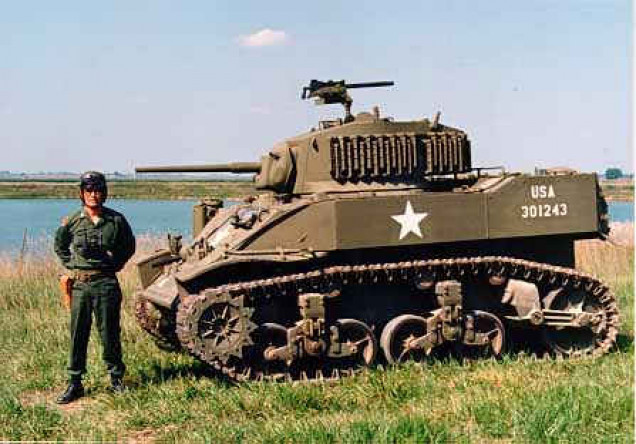
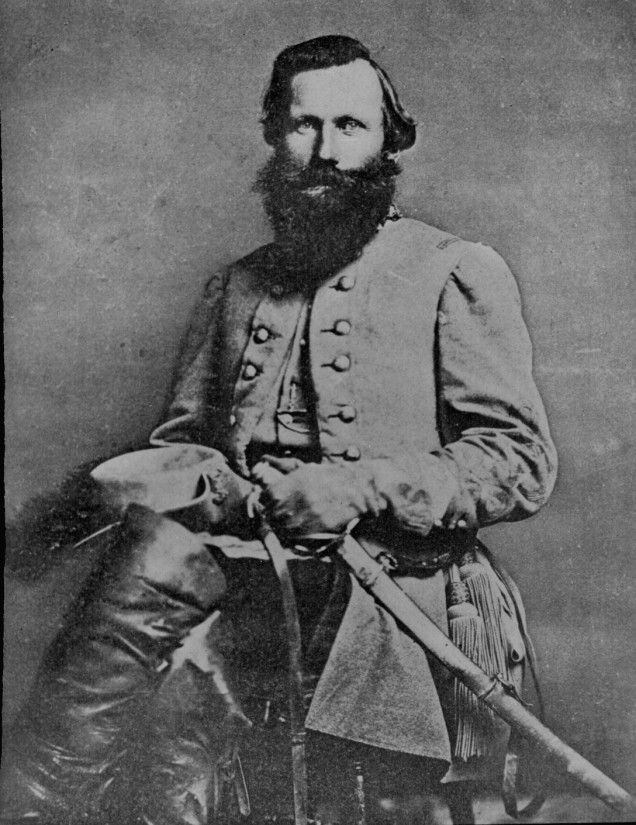
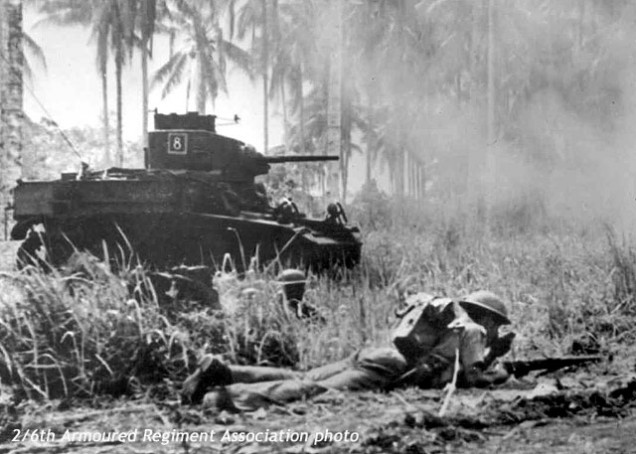
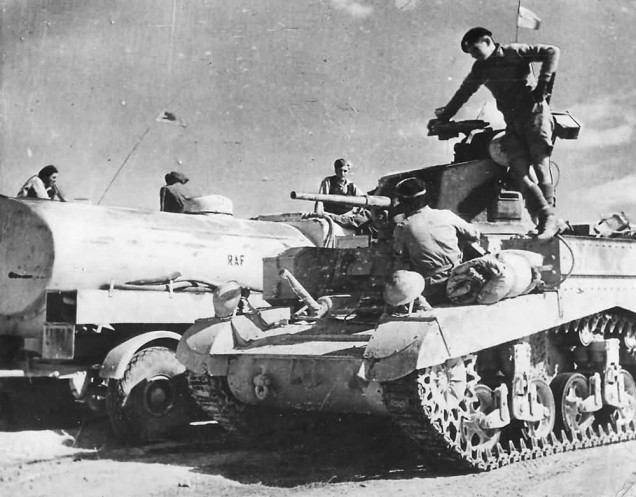

































Leave a Reply